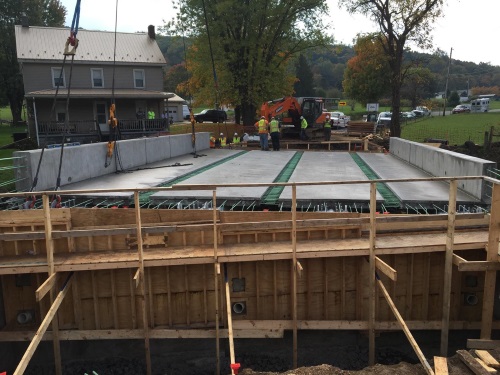Public private partnerships or P3s are being used more frequently by state departments of transportation to tackle a wide range of projects – everything from bridge replacement to highway lighting.
[Above photo by the Pennsylvania Department of Transportation.]
On top of that, a consensus study report issued last December by the National Academies of Sciences, Engineering, and Medicine touted them as one source of potential financing to help renew and modernize U.S. highways over the next 20 years; a view echoed by the Federal Highway Administration.
“Both public sector constraints and private sector opportunities indicate the potential for a new allocation of public versus private sector roles, together with related risks and rewards,” the agency noted in a policy document. “Such an evolution already has taken place in many of the other advanced economies.”

Yet P3 projects can often lead to special oversight challenges during the environmental review process required under the National Environmental Policy Act.
That’s because the use of alternative delivery approaches such as Design-Build and Design-Build-Finance-Operate-Maintain contracts that introduce private financing can create conflict between optimizing design for cost effectiveness by the DB firms, providing surety to potential bidders during procurement, and the limited design cleared through the NEPA process.
To stave off such issues, the BATIC Institute: An AASHTO Center for Excellence will host a free hour-long webinar on May 1 from 1 p.m. to 2 p.m. EST to offer P3 engagement guidance for state DOTs. This webinar will be based off a soon-to-be published report from AASHTO’s Center for Environmental Excellence on the topic. You can register for this webinar by clicking here.
Speakers include Eric Beightel of consulting firm WSP Global and Bill Malley with international law firm Perkins Coie LLC. They will provide an introduction to P3s and highlight examples of interactions between NEPA and P3 projects – including considerations specific to P3s before and during the NEPA process as well as unexpected challenges that arose during past P3 projects.
 AASHTO
AASHTO
McGraw New AASHTO Maintenance Committee Vice Chair
July 3, 2025 AASHTO
AASHTO

